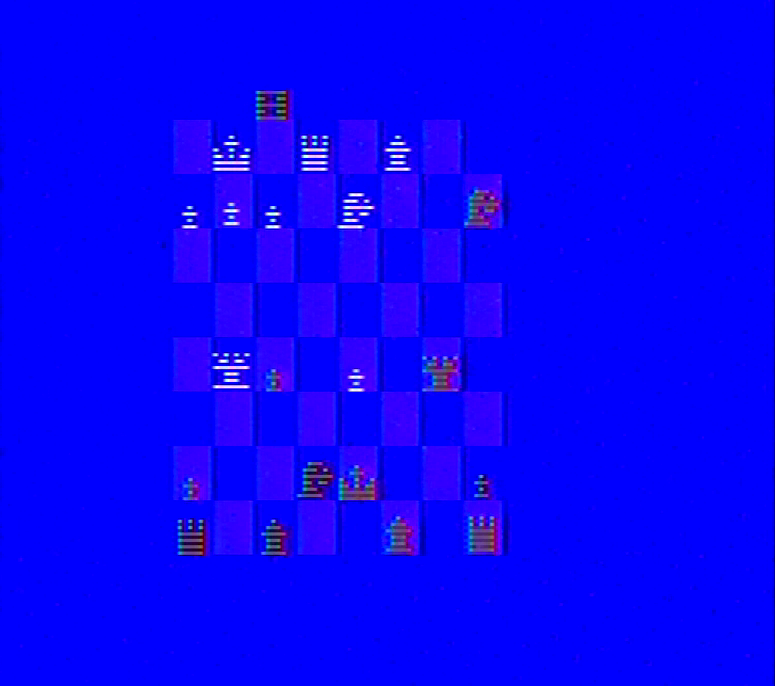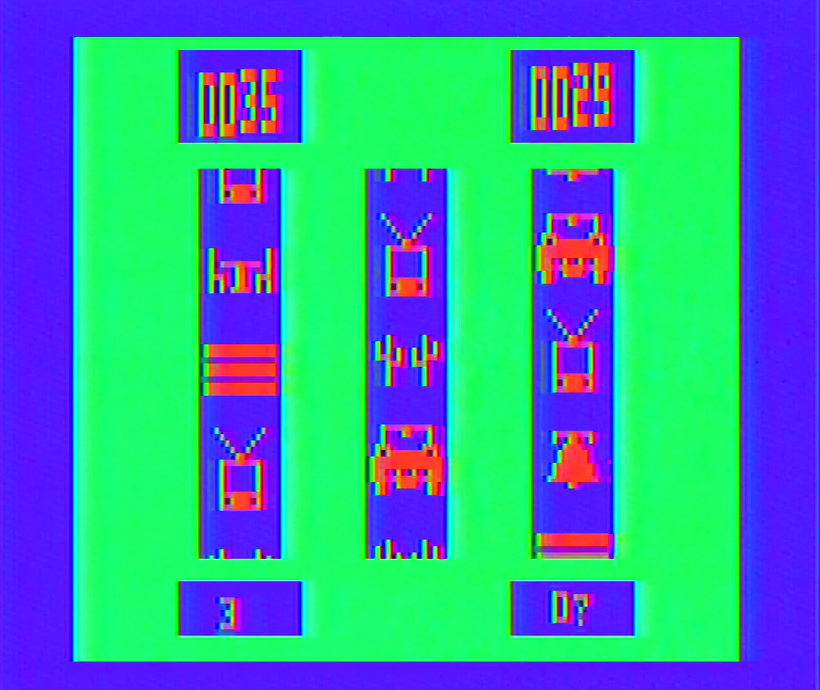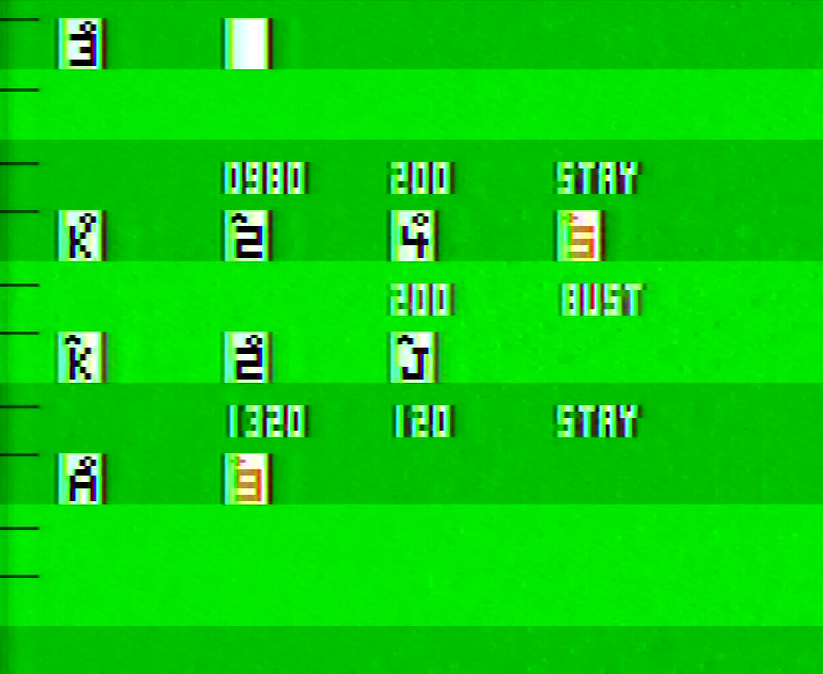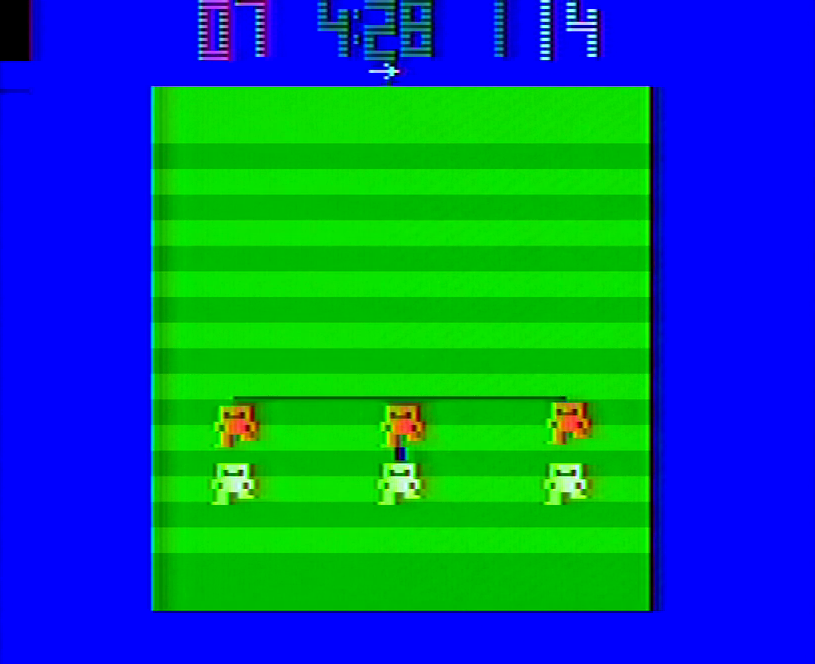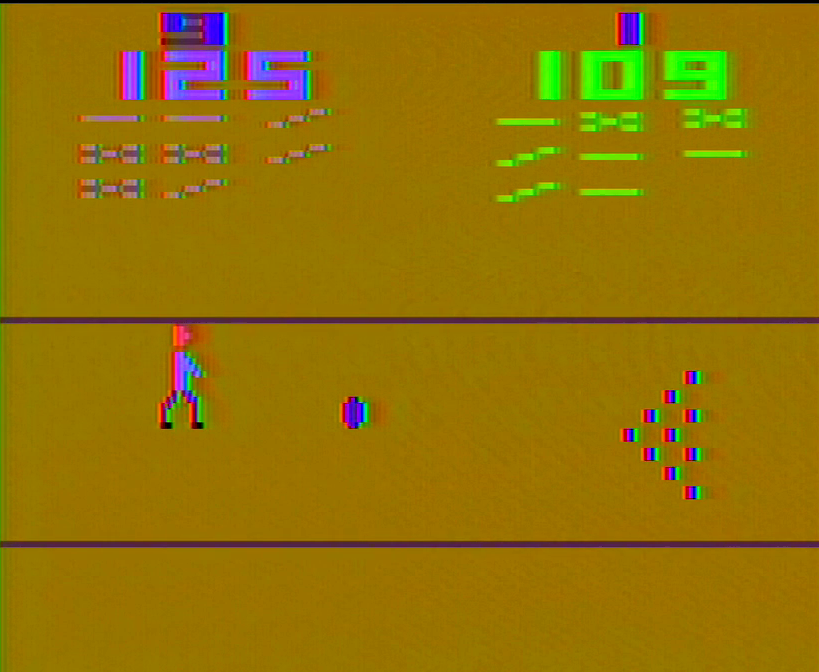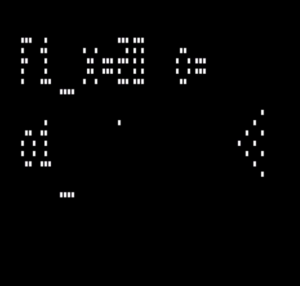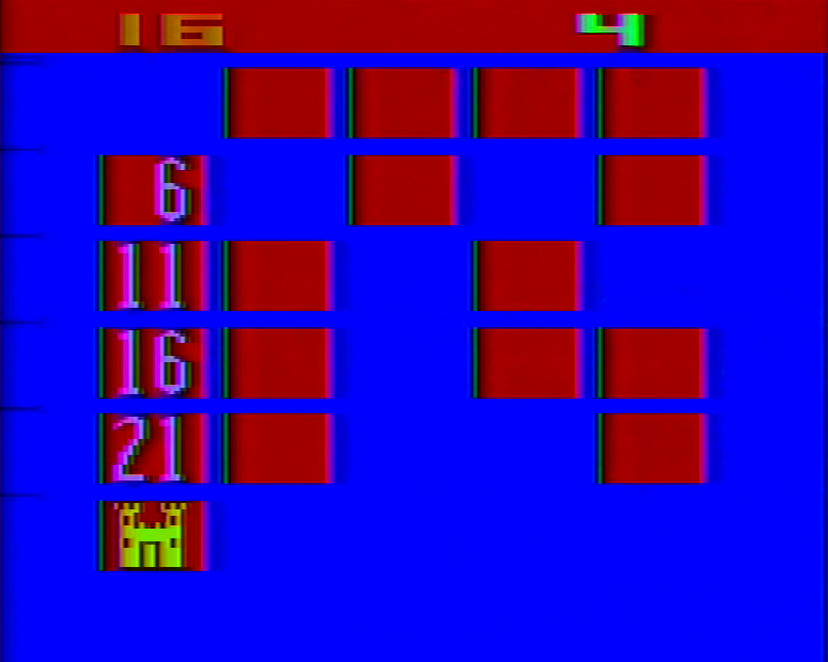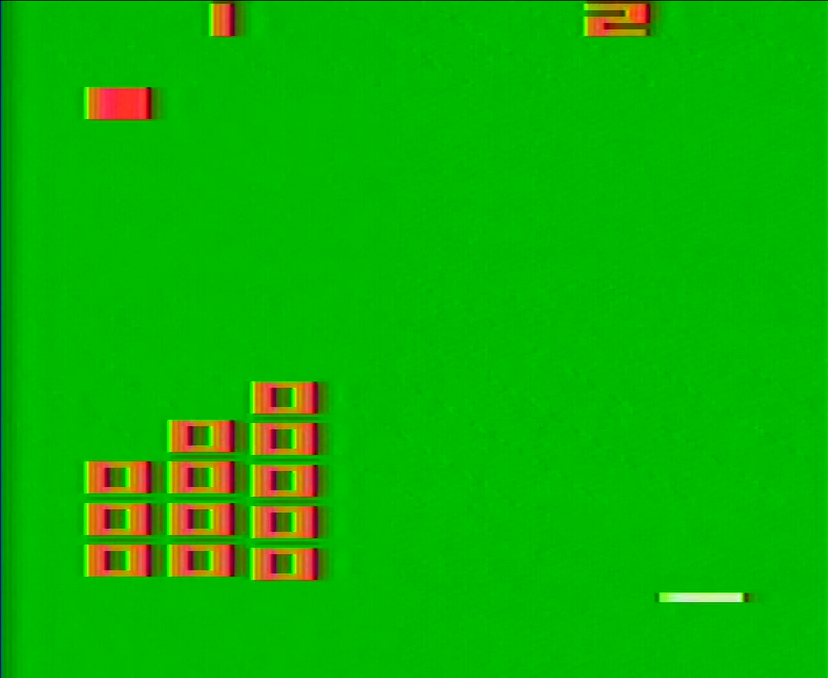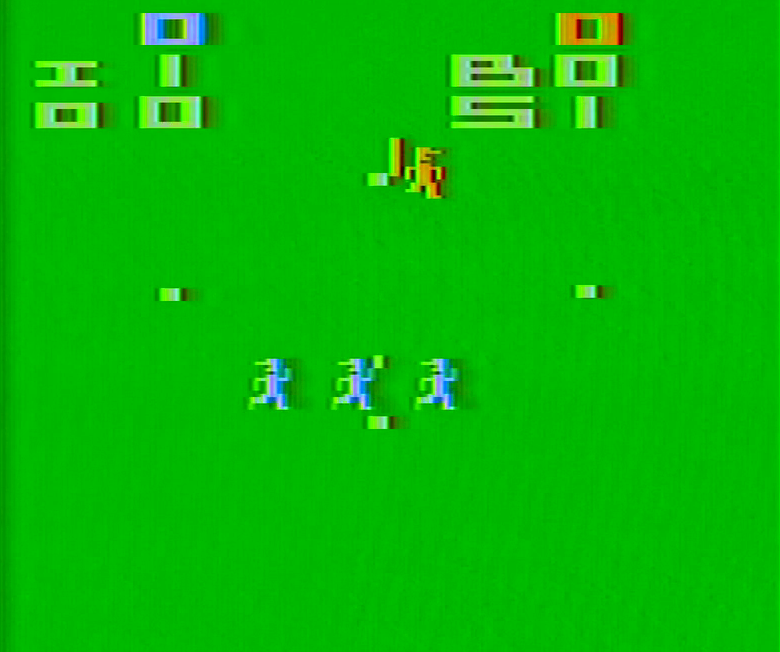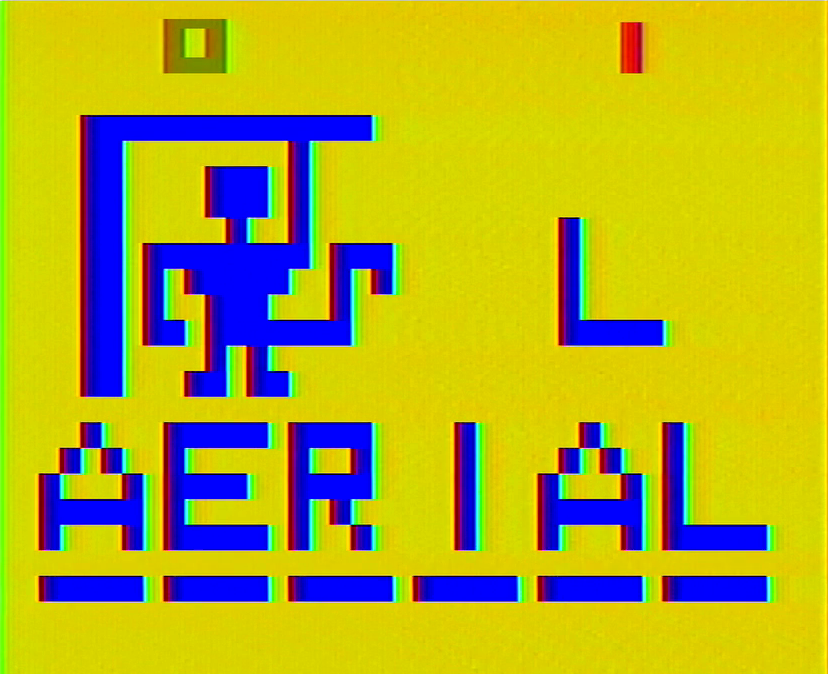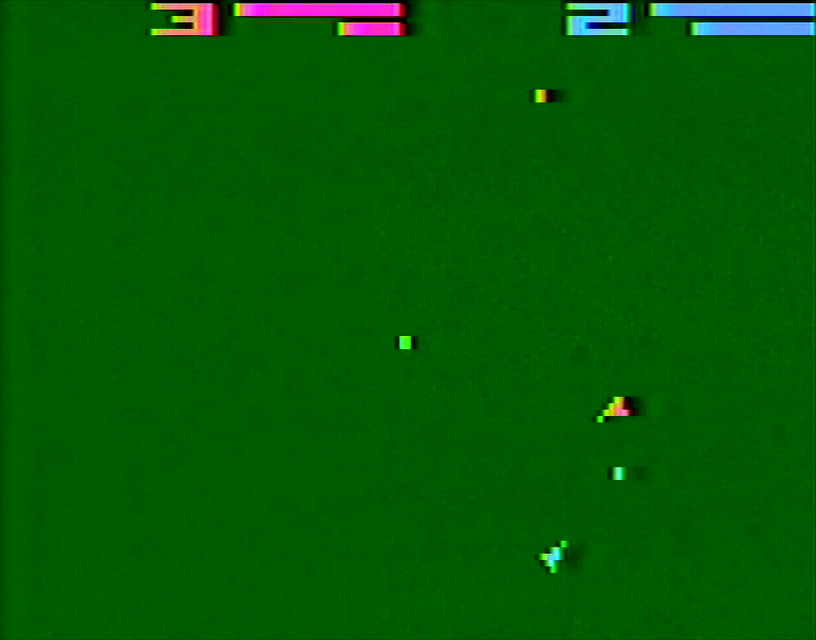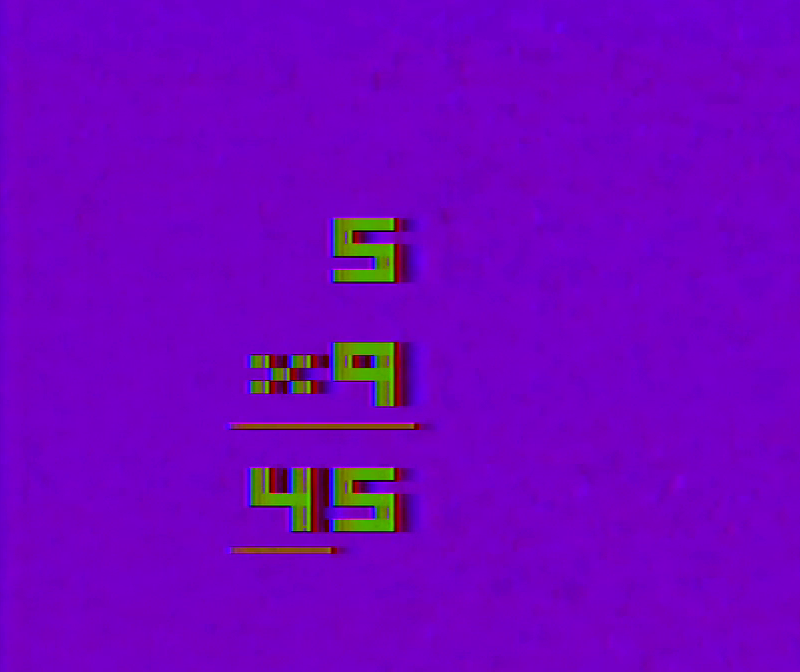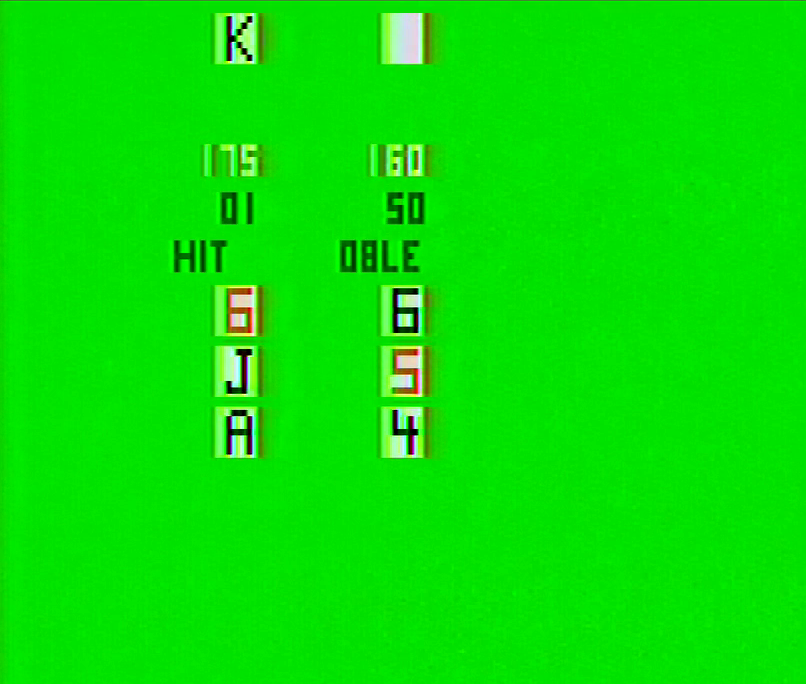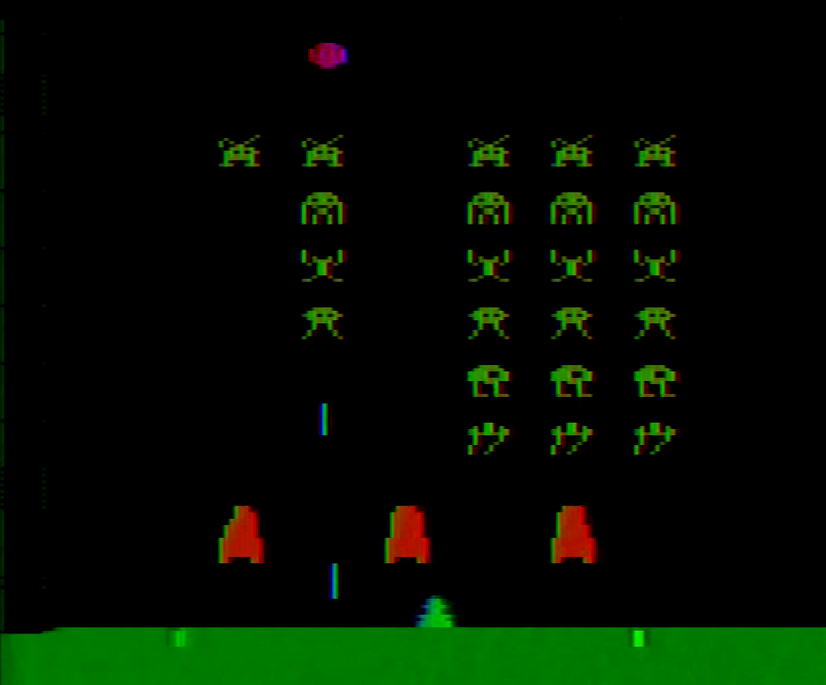
The Atari VCS was supported commercially on the market for a mind-boggling 14 years, starting in 1977 and ending its run in 1991. There are a handful of incredibly notable moments in time during the system’s life on the market, and March 1980 might be the most important one for the console’s fortunes – and for those of the home video game industry in North America. It was that month that one of the biggest VCS games ever published, Space Invaders started hitting store shelves, a cartridge that can be directly credited with making the VCS the runaway hit and social icon for the era that it became. Simply put: without Space Invaders, the VCS probably would have never survived another 11 years, let alone to have the kind of afterlife it’s seen since then.

